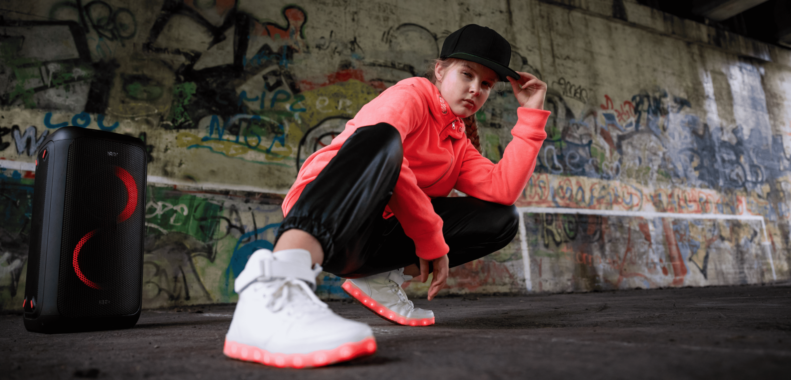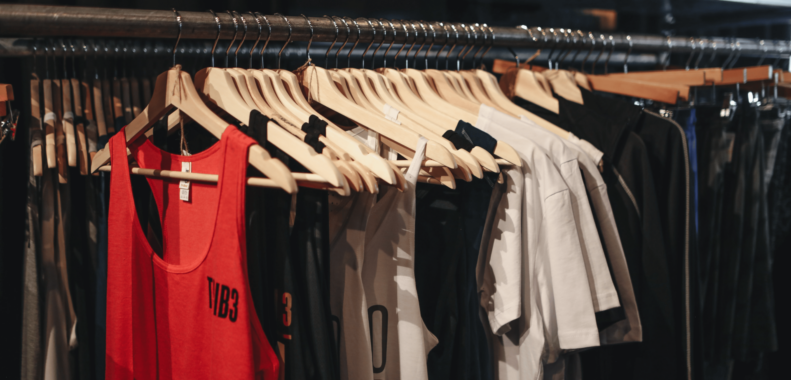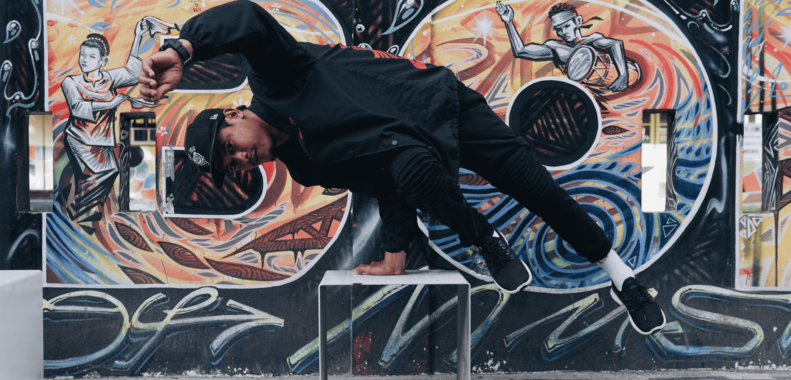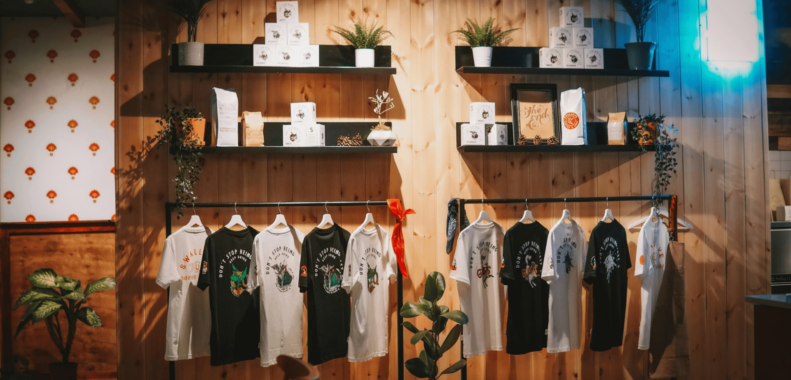Underground artists are shifting the future of streetwear. They’re not just selling clothes—they’re telling raw, personal stories through each limited drop. While big brands chase seasonal trends, these independent voices are building something more permanent: a direct line between personal identity and public expression. Streetwear No Longer Belongs to the Mainstream Streetwear started in the
Timing Drives Success in the Streaming Era In the streaming era, timing is one of the most powerful tools artists and brands can use. A well-timed drop creates momentum, fuels conversation, and drives engagement across platforms. When music and merchandise launches align with audience behavior, creators increase the chance of visibility and impact. With constant
Music Merchandise Has Evolved Into Everyday Fashion Merch tables were once simple setups at live shows, offering t-shirts and CDs. Today, merch has transformed into a fashion category that fans wear far beyond the concert venue. This shift from temporary souvenir to long-term wardrobe staple marks a major change in how artists and fans interact
Music Merchandise Now Extends the Artist’s Vision Music merch has evolved from basic products to meaningful extensions of an artist’s creative message. Today, artists use clothing and accessories to tell stories that support their lyrics, themes, and personal identities. When fans wear merch, they’re not just supporting the artist—they’re participating in a larger narrative. The
Fashion Brands Must Adopt a Launch-First Strategy Fashion brands often operate on seasonal calendars, but indie musicians approach releases with a launch-first mindset. They build hype, set a release date, and focus on creating urgency. This model creates attention and drives immediate action. Fashion labels can adopt the same mindset by treating product drops like
Fans Expect Merch to Reflect the Artist’s Story Music fans no longer see merch as a basic souvenir. They look for designs that connect with the artist’s identity, message, and mission. When a shirt, hoodie, or tote reflects more than just a name or logo, it becomes a way for fans to carry the story
Independent Fashion Labels Strengthen Local Music Scenes Independent fashion brands have become powerful allies for local music. Instead of focusing only on trends, these brands center their work around the voices and energy of local artists. They serve as a platform that broadcasts local music scenes through design, distribution, and storytelling. When a brand builds
Streetwear Moves Beyond Trends and Into Personal Expression Streetwear has shifted from being trend-focused to a tool for storytelling. Independent artists now use fashion as a way to express their identity, message, and creative process. These collaborations allow artists to build stronger connections with their audience beyond music or visuals. Rather than following what’s hot,
Independent Artists Are Taking Control of the Merch Game Independent artists no longer rely on big labels to create or distribute their merchandise. With the help of online tools and direct-to-consumer platforms, they now control the entire process—from design to delivery. This shift allows them to stay true to their brand and build stronger connections
Fashion Becomes a Tool for Fan Identity In the creator economy, fashion is more than style—it’s a signal of belonging. Fans no longer just follow creators online. They wear what those creators design, post, and promote. Clothing becomes a form of participation, not just support. When fans wear branded pieces from a creator, they make









